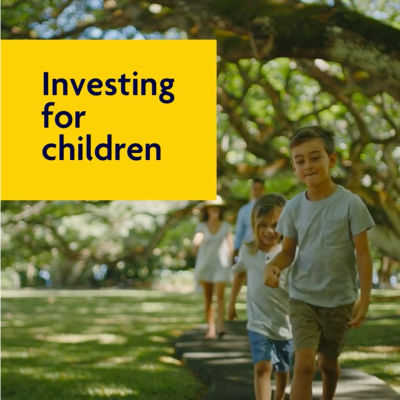As a parent, you want to do everything you can to ensure that your children have a bright and secure future. One way to do this is by investing on their behalf. Not only can they start adulthood with some savings, but getting children involved early with saving also helps them learn important lessons about money.
The earlier you start investing, the better. Time is a powerful tool when it comes to investing, and the longer you have, the more time your money has to grow. Even if you can only contribute a small amount each month, starting early can make a big difference in the long run.
What investing opportunities are available?
In the UK, there are numerous different ways to invest in a child’s future. The main ones are:
- Junior ISA – Junior Individual Savings Accounts (JISAs) are a tax-efficient way to invest for your child’s future. Junior ISAs have a tax-free allowance of £9,000 per tax year, which can be invested in cash, stocks and shares, or a combination of both. The funds in a Junior ISA are locked in until the child reaches the age of 18, at which point the account will convert to a standard adult ISA.
- Savings accounts – Many banks and building societies offer savings accounts for you to set up on a child’s behalf. You can start an account with as little as £1 for any child aged up to 18. There are two types of savings accounts: regular and instant access. Regular savings accounts are designed to encourage children to save an amount every month, and often run for a set amount of time whereas instant access allows you or your child to withdraw or deposit money at any time.
- National Savings and Investment (NS&I) Premium Bonds – NS&I Premium bonds are investments placed in a savings account that allows penalty-free withdrawals. There is no interest earned, instead the interest rate funds are placed in a monthly draw and any prize won is tax-free.
- Self-Invested Personal Pensions (SIPP) – Your child’s retirement may seem a world away, but you could consider opening a SIPP to invest for their future. Parents can benefit from the tax relief associated with SIPP as they can invest up to £2,880 each tax year with a 20% government top up. This amounts to the £3,600 annual contribution limit.
- Child Trust Funds (CTFs) – Even though Child Trusts Funds (CFTs) are no longer available, you can still contribute up to £9,000 a year into an existing CTF account. If a child was born between 2002 and 2011, they might have a Child Trust Fund. These can be transferred into a Junior ISA.
It’s important to remember that investing is a long-term game, and that staying consistent with your contributions will pay off in the long run. Even if you can only contribute a small amount each month, it’s better than nothing. Consistency is key when it comes to building wealth over time.
The value of investments and any income from them can fall as well as rise and you may not get back the original amount invested.
HM Revenue and Customs practice and the law relating to taxation are complex and subject to individual circumstances and changes which cannot be foreseen.
